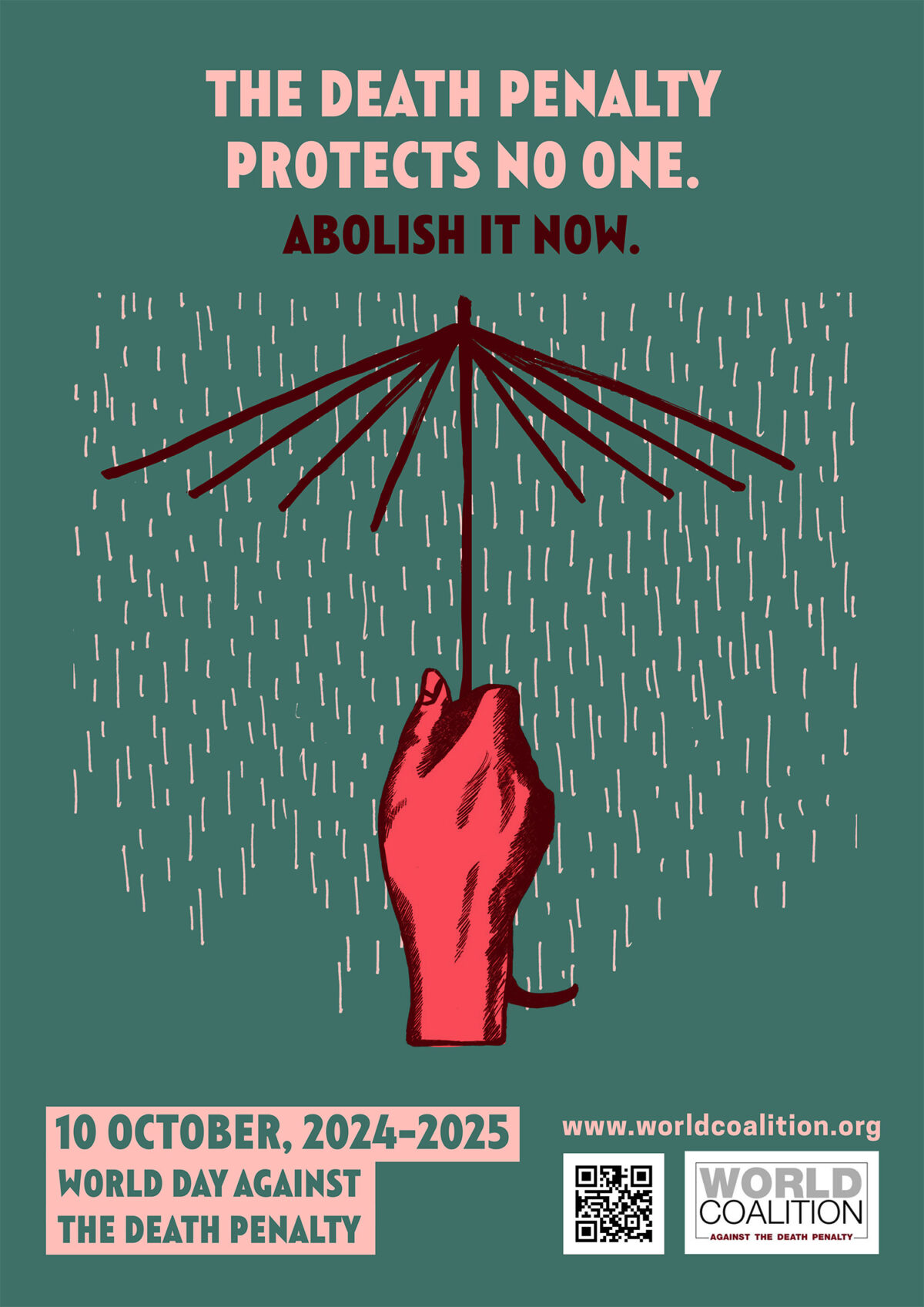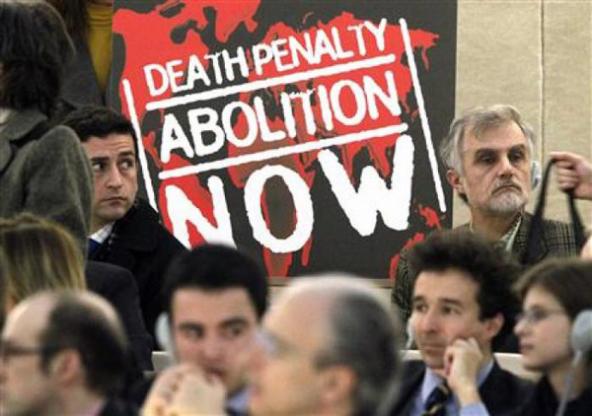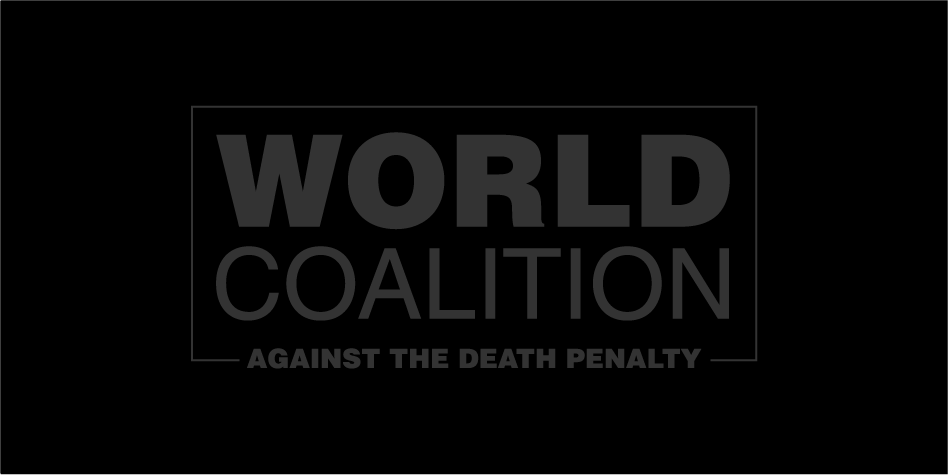US activists turn spotlight on executed innocent man
Cameron Todd Willingham was executed on February 17, 2004 after being found guilty of starting the blaze that killed his three daughters in his home Corsicana, Texas, in 1991. Thanks to the work of investigative journalists and human rights activists, we now know that he was innocent of the crime for which he was put to death.
And, as American abolitionists have been saying loud and clear, the death penalty does not allow any form of reparation for Willingham’s wrongful punishment.
On September 7, 2009, the New Yorker magazine published an in-depth article on the case by journalist David Grann. Quoting three separate reports by respected fire experts, it showed that all the evidence used to support the arson accusation was flawed.
As early as January 2004, fire scientist Gerald Hurst agreed to examine the evidence that led to Willingham’s convictions. He concluded that the investigation was based on “junk science” and wrote a report stating Willingham’s innocence. Grann established from several sources that the Texas Board of Pardons and Paroles dismissed Hurst’s report without even looking at it. Governor Rick Perry also rejected Willingham’s application for clemency.
“Scientific analysis of the blaze existed before his execution and was presented to the judge, to the Board of Pardons and Paroles and to the governor three days before his execution, but it did not change anything. Everybody knew he was probably innocent,” said Sandrine Ageorges, the Texas Coalition to Abolish the Death Penalty’s international representative.
In December that year, the Chicago Tribune newspaper reported on the case as part of a series of articles on forensic errors. The newspaper hired an independent expert, who confirmed Willingham’s innocence.
Investigation “scientifically proven to be invalid”
In 2005, the Innocence Project, a US NGO that specialises in exonerating victims of miscarriages of justice through advanced forensic techniques, asked five leading arson experts to review Willingham’s case and a similar fire tragedy in which a man named Ernest Ray Willis was also sentenced to death. They concluded that the blazes were “accidental” and that “each and every one of the indicators relied upon have since been scientifically proven to be invalid”. Willis was exonerated and released, having spent 17 years on death row.
The Innocence Project sent the report to the Texas Forensic Science Commission in 2006. The Commission hired Craig Beyler, another renowned fire expert, to conduct a fresh review of the evidence. At the end of August 2009, Beyler handed in his report. He noted that “the investigators had poor understandings of fire science”. For example, they interpreted burn patterns on the floor as proof of the use of flammable liquid – a belief without scientific basis.
The Texas Forensic Science Commission is expected to make its own recommendations in 2010. Willingham may be officially recognised as the first innocent person executed in the US, although Ageorges believes populist considerations are likely to block the decision. “It is an election year for some judges and for the governor,” she pointed out.
October 1st update: Texas Governor Rick Perry has suddenly removed three members from the Commission. Its meeting scheduled for October 2nd, when it was supposed to receive Beyler’s report, is cancelled. Its review of the Willingham case is put in jeopardy.
“Shouting from the rooftops”
The accumulation of information proving Willingham’s innocence has led US abolitionists to expose the case as a flagship argument in their campaign against capital punishment. “There can no longer be any doubt that an innocent person has been executed,” said Innocence Project Co-Director Barry Scheck. “The question now turns to how we can stop it from happening again.”
The National Coalition to Abolish the Death Penalty (NCADP) has launched the “Shouting from the rooftops” campaign. Its aim is to inform the public that the existence of capital punishment can and does result in innocent citizens being put to death.
According to NCADP, US Supreme Court Justice Antonin Scalia once wrote that there has not been “a single case – not one – in which it is clear that a person was executed for a crime he did not commit. If such an event had occurred in recent years, we would not have to hunt for it; the innocent’s name would be shouted from the rooftops.”
135 death row inmates exonerated
Now that Justice Scalia has been proved wrong, NCADP calls on the public to get informed, circulate information and publish internet videos in which they shout the name of Cameron Todd Willingham as well as those of Ruben Cantu, Carlos De Luna and Larry Griffin – all executed in the US despite evidence pointing to their innocence.
In the US, campaigns such as the Innocence Project and Witness to Innocence have been highlighting the fact that “the American criminal justice system is failing to fulfill its highest duty: to protect innocent people from wrongful convictions and death sentences”.
According to the Death Penalty Information Centre, 135 American death row inmates have been exonerated and freed since 1973. How many more were – or will be – executed before they could be proved innocent?






